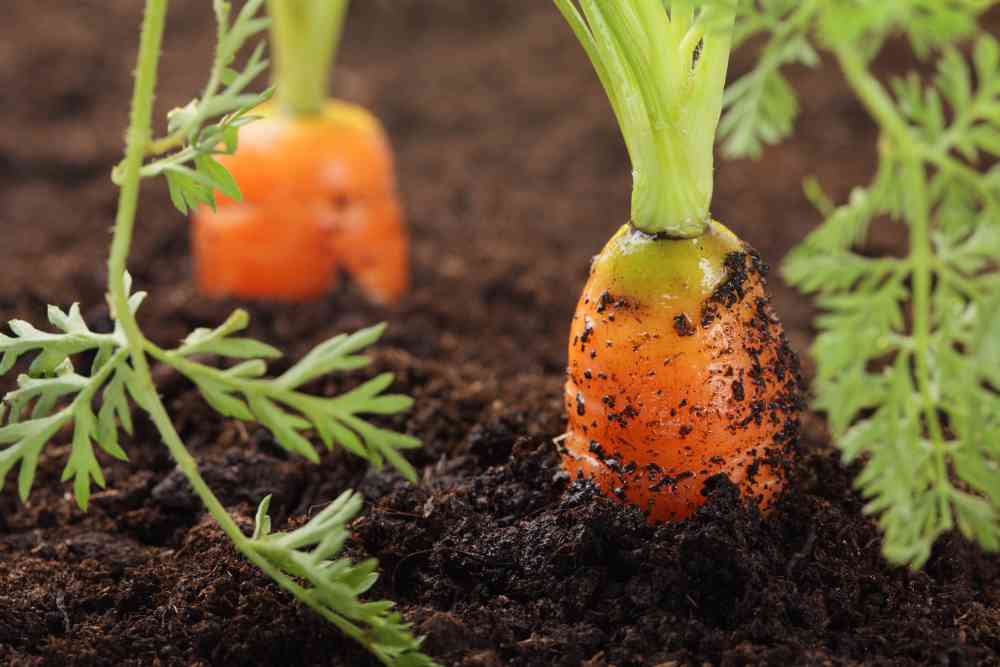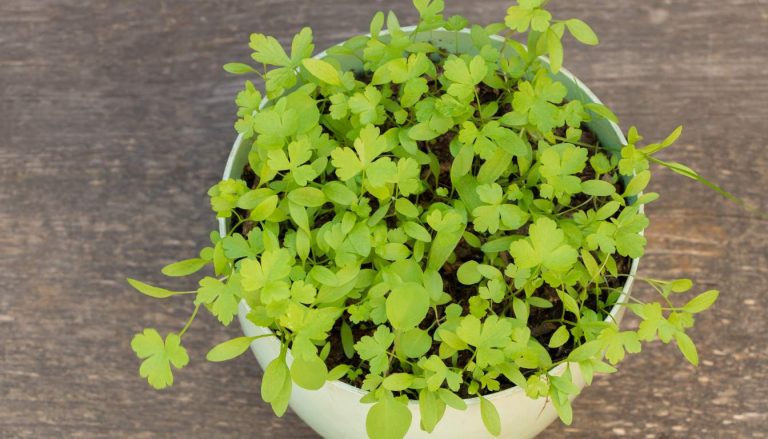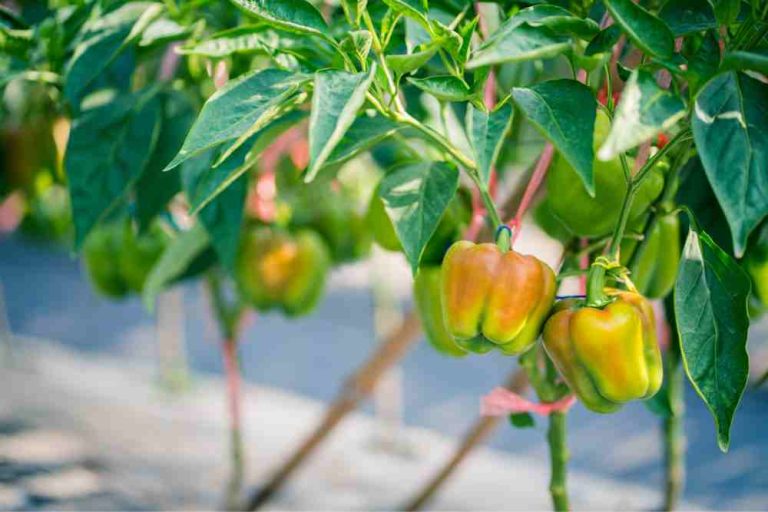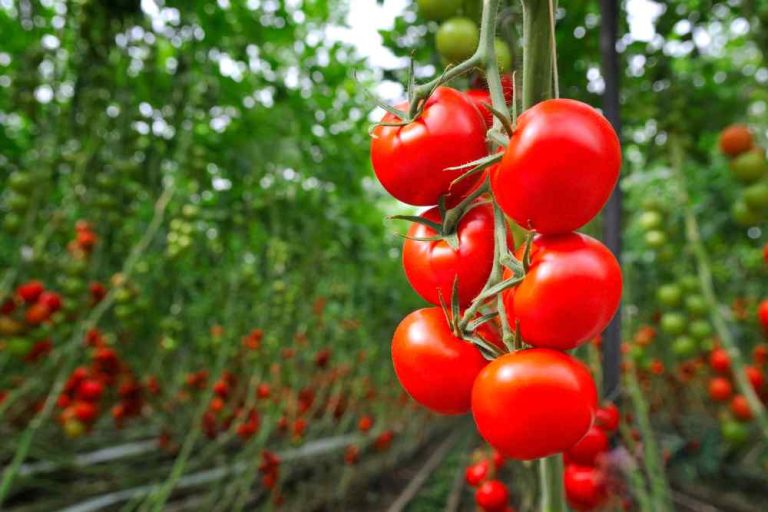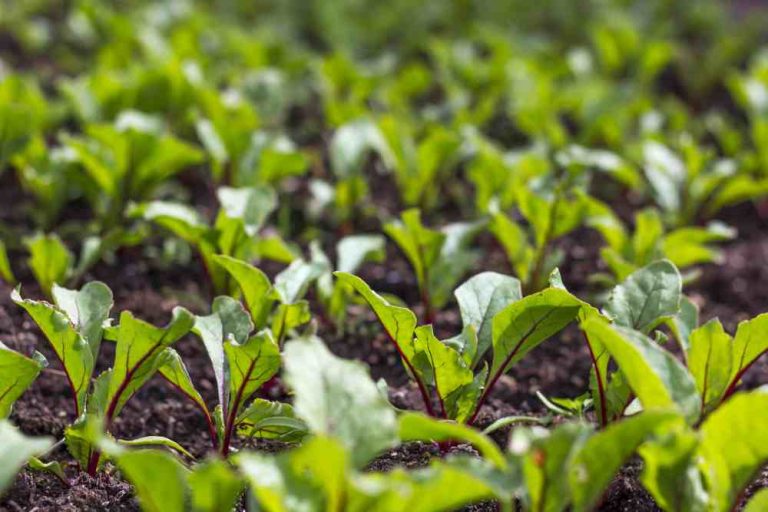Growing Carrots: A Comprehensive Guide for Beginners
Carrots (Daucus carota) are a great vegetable to plant if you’re seeking something different to do with your garden. Carrots are a versatile root crop that may be cultivated in a variety of climates.
Carrots are cool-season biennials (plants with a two-year life cycle) that have been grown for thousands of years. They were employed as therapeutic plants before becoming a staple of healthy eating. Carrots are available in a variety of colors, including eggplant purple, ruby red, vibrant orange, and golden yellow.
Growing carrots are easy, tasty to eat, and ready to harvest in a few months or less, so learning how to cultivate them in your garden is a worthy task. Furthermore, they’re an excellent method to enjoy low-maintenance gardening while also building confidence if you’re a fresher.
Types Of Carrots
Growing carrots will give you fun experimenting with different types to find a favorite or stick with one.
Danvers
This is the type of carrot that most people imagine when they think of carrots. They are long and narrow, taper to a tip, and are usually orange in color, however, various colors are available. Danvers carrots have longer taproots and leaves than Chantenay carrots.
Denver carrots may withstand bad soil better than other carrot types. The name derives from the town of Danvers, Massachusetts, where they were created. ‘Yellowstone’ and ‘Half Longs’ are two popular kinds.
Imperator
This is the type that most commercial farmers produce, and it is widely available in grocery stores across the United States. They have a similar appearance as Danvers, but are wider and have a higher sugar content than the other varieties. Imperator carrots have fast-growing leaves.
It’s late maturing 5cm long, 2.4 – 4.5cm wide, and tapers to a somewhat rounded end. A cultivar with white deep orange roots that blooms in the middle of the season. The roots are 15-17cm.
Purple Dragon
This eye-catching, sweet carrot has purple skin and a yellow-orange core. To enjoy the colors, shred them into slaws and salads. To enjoy the colors, shred them into slaws and salads. With short tops reaching heights of 4-8 inches and 6-inch roots, ‘Purple Dragon’ takes 65-70 days to harvest.
Solar Yellow
These beautiful yellow carrots will put a smile on your face and the faces of those around you. This carrot is crunchy, juicy, and sweet, and it’s worth growing. Pale yellow roots reach a maximum length of around 7 inches and can be harvested as soon as 60 days after germination. This variety is suitable for planting in the cooler months and may be grown in full sun or light shade.
Thumbelina
This is great for snacking and growing in containers. In around 70 days, or when the carrots are the size of golf balls, harvest them.
Tips For Growing Carrots In Your Garden
When you grow carrots give them full sunshine, though they can also take moderate shade. To allow carrot roots to freely push down into the earth, the soil must be loose, sandy loamy, and airy. Trash, rocks, and large pieces of bark should be removed from soil surfaces before planting carrots.
To enhance the soil, finer parts of plant material can be mixed in. Begin with soil that will aid in the proper growth of your carrots. When growing carrots they should be planted in sandy, well-drained loam. Heavy soils lead carrots to mature slowly, resulting in unpleasant and tough roots.
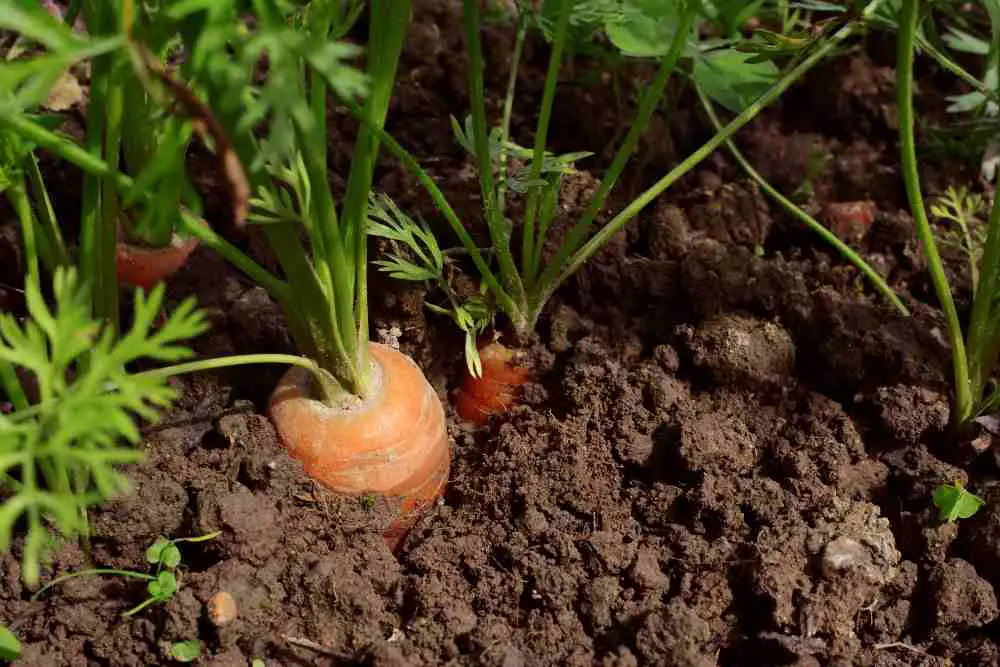
When growing carrots, keep in mind that rocky soil produces poor-quality roots. Carrots should be planted in an area that has been tilled or dug up. To make it simpler to produce carrots that are long and straight, make sure the soil is tilled up to soften and aerate it. For every 10 feet (3 meters) of the row, you plant and fertilize the soil with one cup of 10-20-10. To mix the soil and fertilizer, use a rake.
Growing carrots in a raised bed give them the ideal soil condition for them to attain their full potential. Carrot seeds should be directly planted in the garden. Even though the seeds will germinate in the soil as cool as 50 degrees, 70 degrees is the ideal temperature for germination.
Rake the surface smooth after loosening the soil to a depth of 12″. Carrot seeds are small, making even planting difficult. Sprinkle the seeds in a row (about 30 seeds per square foot) and just cover them with soil. Carrots have an uneven germination rate, therefore sowing thickly compensates for this. Water them well.
It could take up to three weeks for them to sprout. Keep the soil moist until the seedlings are at least 1 inch tall; thin them out to a spacing of 1 1/2 to 2 inches when they are 1 to 2 inches tall. The easiest technique to prevent damaging the surviving roots is to snip or pinch the seedlings at the soil line.
Plant the carrot seeds with radish seeds first, which will sprout first and loosen the soil, preventing the soil from crusting over and making it harder for the seeds to sprout. Keep the site free of weeds while the carrots are developing to avoid malformed roots. You can use the small carrots in salads if you need to thin them out again later.
When you’re done thinning, your carrots should be far enough apart that when they’re mature, they won’t touch shoulders. For healthy root growth, a consistent supply of water is required. When carrots reach three-quarters of their mature size, reduce watering to reduce the likelihood of splitting. Side-dressing with nitrogen for long-season types on light soils may be beneficial.
How and When To Harvest Carrots?
Carrots should be harvested when they are still small, with a diameter of no more than 1 to 1.5 inches. Harvest carrots before daily temperatures become too hot if you’re growing them in the spring and early summer, as the heat can cause carrot roots to become fibrous.
Harvesting can begin as early as July and go until the end of October, depending on the cultivar and sowing date. Harvest fall carrots after a good frost for the greatest flavor. When the carrots are the size of a finger, you can start harvesting them. If you mulch the garden well, you can allow them to stay in the soil until winter. Gently remove some soil from the top of the root to examine the size of your carrots.
Remove some dirt from the top of the root and examine the size of the root to determine the size of your carrots. To harvest the carrot, gently lift it from the soil.
How Do You Store Fresh Carrots?
To preserve freshly gathered carrots, twist or cut off all but 12 inches of the tops, brush away any dirt with cold running water, and air dry. Refrigerate after sealing in sealed plastic bags. Fresh carrots will go limp in a matter of hours if placed in the refrigerator alone.
If the ground does not freeze and pests are not an issue, you can leave mature carrots in the soil for temporary storage. Carrots can also be stored in cool, dry areas in tubs of moistened sand or dry sawdust.
Growing Carrots In Pots
Growing carrots needs loose, well-drained soil If they come into contact with even the tiniest resistance, such as a rock or hard soil, they will fork and deform. Consider growing carrots in a container, if you don’t have access to loose soil in your veggie garden. Container carrots are shorter finger types or small round carrots. Make sure your container has a depth of at least 12 inches.
How To Manage Weeds Pests and Diseases
Getting rid of weeds is important in any garden, but it’s especially important when learning how to grow carrots. Weed killers should be avoided because they can harm your plants. Instead, use mulch, but wait until your plants are established before spreading anything around them, or you risk preventing germination. Pests are also a typical problem. Leafhoppers, carrot weevils, nematodes, and carrot rust fly can all cause disease and harm to your produce.
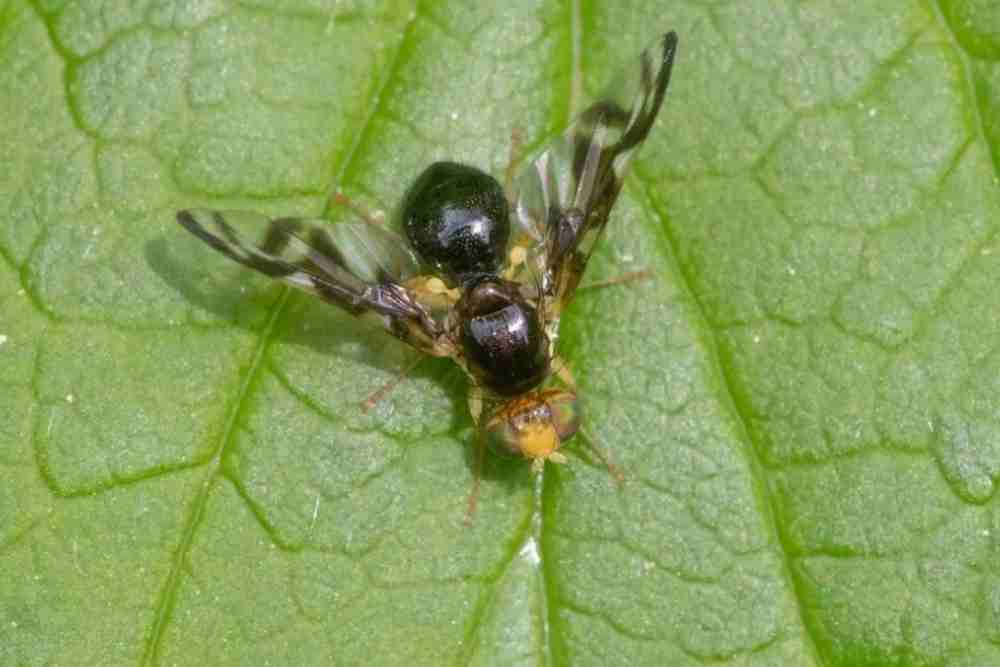
Green Caterpillars with black stripes, white or yellow spots, and small orange horns are known as parsley worms. They eat the foliage of carrots, but they’re in the larval stage of black swallowtail butterflies, so don’t harm them if you see them on your carrots. Instead, move them to weeds in the carrot family, like Queen Anne’s lace, and watch for chrysalises to grow, and then gorgeous butterflies!
Nematodes microscopic groveling animals, create very little knots on roots that lead to stunted carrots. Rotate crops and apply many composts, that are rich in predatory microorganisms.
Leaf Blight is the most widespread carrot illness. It starts on leaf margins, with white or yellow spots that flip brown and watery. If blight could be a drawback in your space, plant-resistant cultivars.
Carrot Yellows Disease causes pale leaves and the formation of tufts of bushy roots on the developing carrots. The disease is spread by leafhoppers, and the best way to forestall the matter is by covering new plantings with row covers to dam leafhoppers.
The Carrot Rust Fly deposits its eggs near the base of the carrots as they grow. The fly larva cuts tunnels and unattractive grooves in the root’s surface. causing decay. Unfortunately, the damage isn’t only cosmetic; the Carrot Rust Fly larva’s activities alter the flavor of the carrot, making it inedible. To keep the adults away from the carrots, use our floating row cover. Plant after the first week of June to avoid the worst of the infestation. The Carrot Rust Fly is not a good flyer, which is good news for apartment dwellers who prefer to cultivate carrots on their balconies. Their high-rise crop is unlikely to be infested.
- 15 Ingenious Kitchen Garden Ideas to Cultivate Freshness Right at Home - April 7, 2024
- 10 Top Picks Best Plants for Open Terrarium - April 2, 2024
- 21 Easy and Cheap Walkway Ideas for a Charming Garden - March 31, 2024

